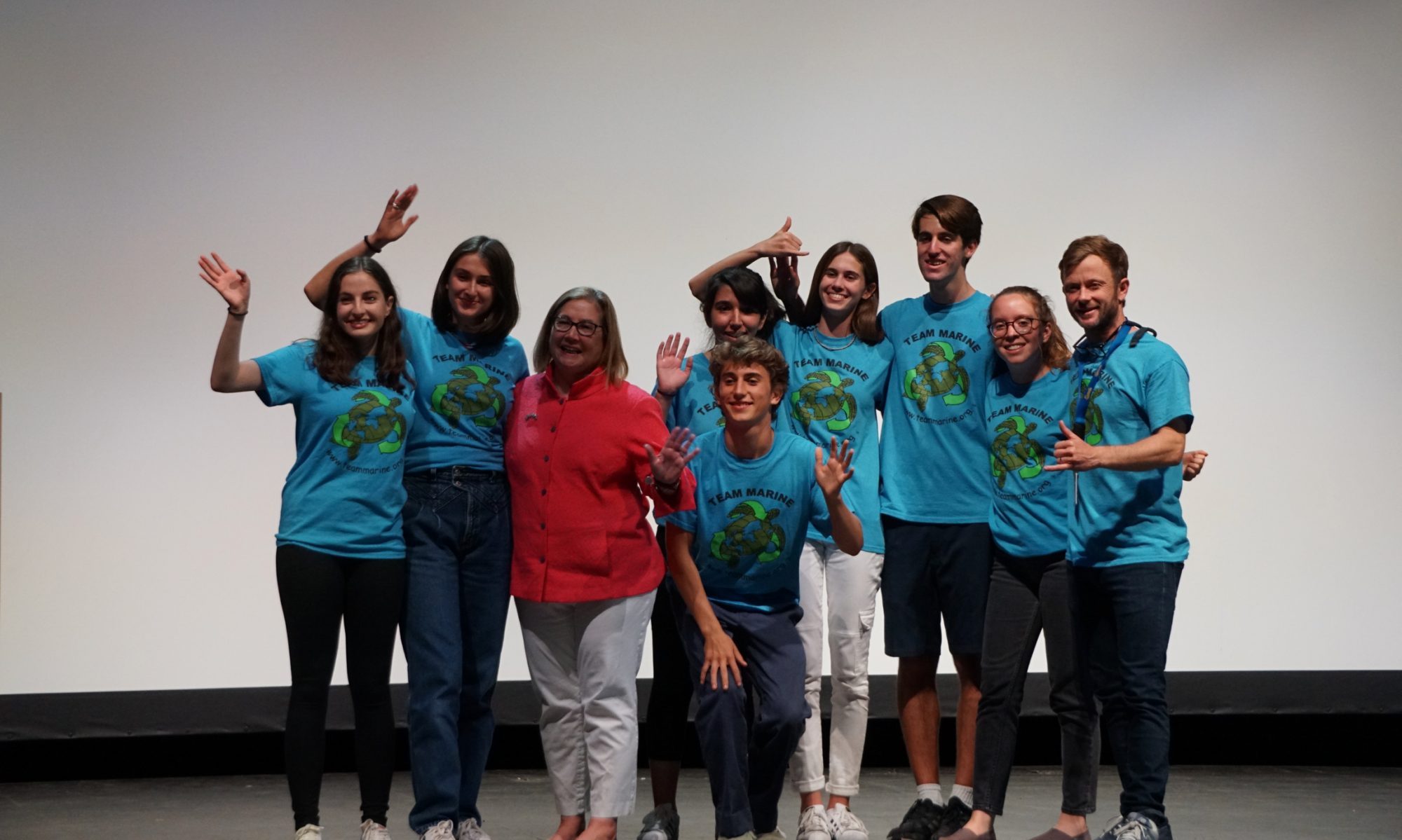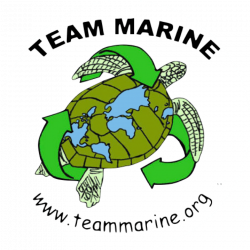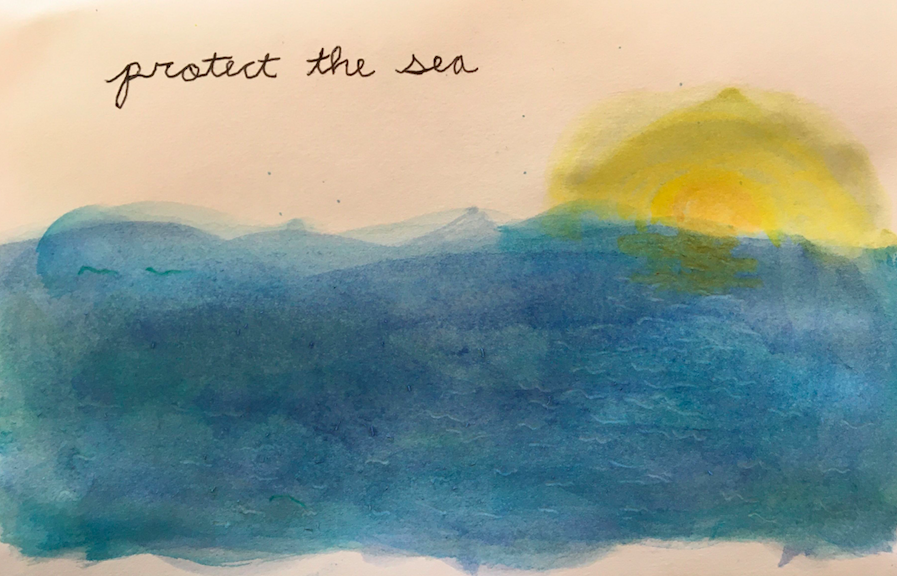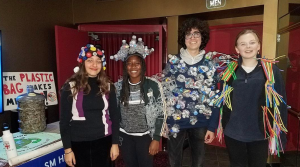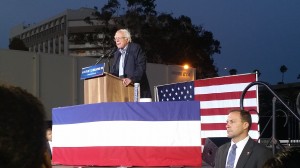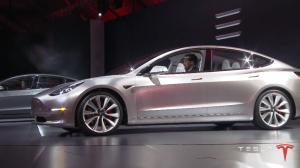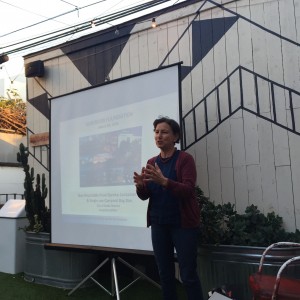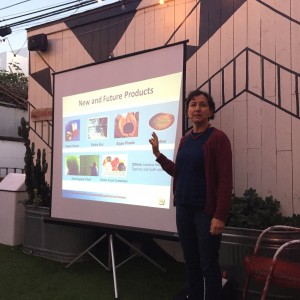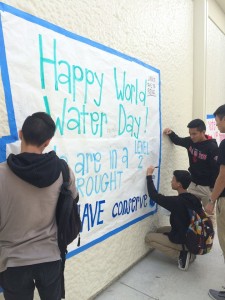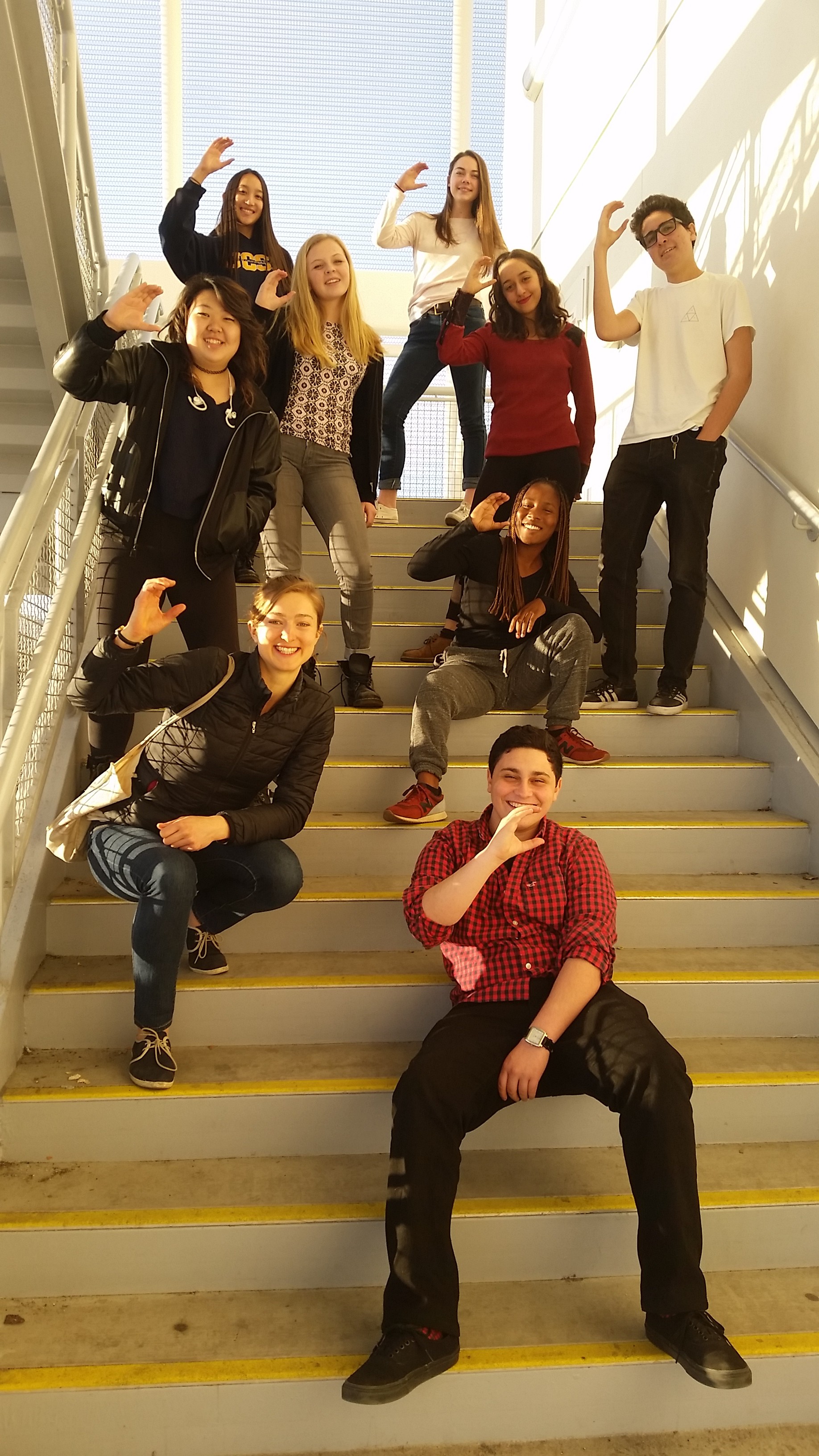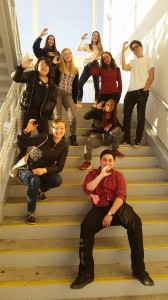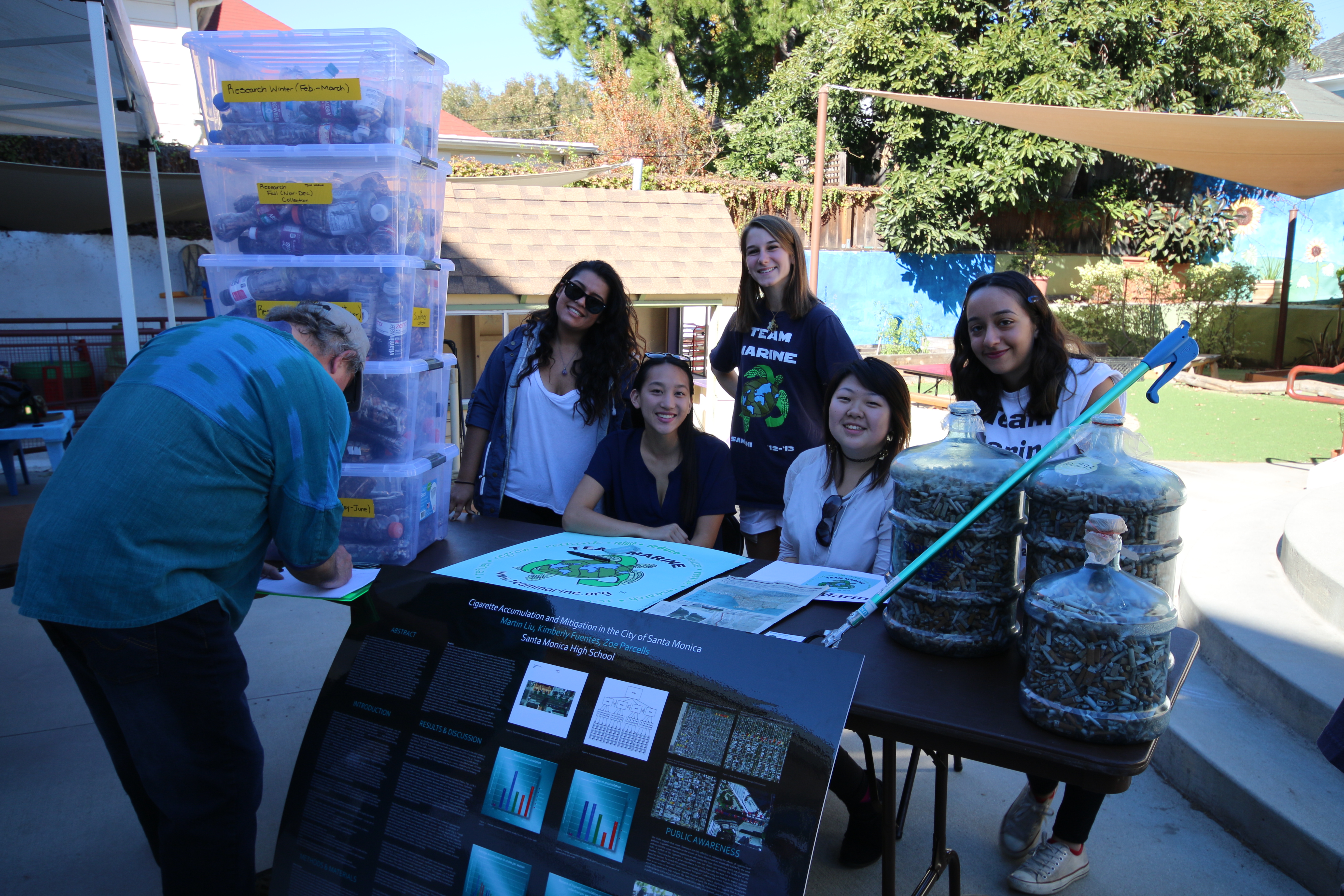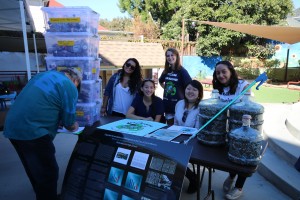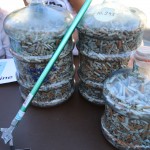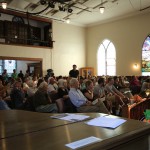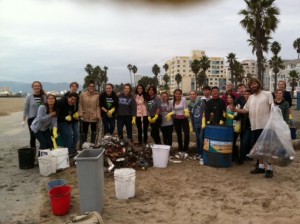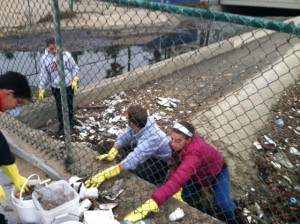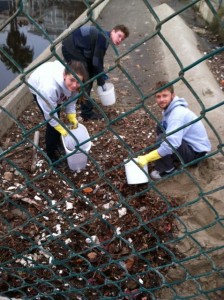What are the financial reasons for CalSTRS to divest from fossil fuels?
When it comes to fossil fuel divestment, which may come off as radical to some, you may be asking yourself, is it plausible for this money to be divested from such a large and powerful industry? The answer is yes! More than 1,000 institutions around the world have committed to divest, including universities, faith-based organizations, non-profits, municipalities, philanthropic organizations, and national and state pension funds, controlling $14.48 trillion in assets. It’s not a stretch to think that CalSTRS could be the next to do so. In California, cities like Berkley, San Luis Obispo, San Jose, Santa Monica, and San Francisco have already fully divested from fossil fuels. The City of San Francisco, for example, had the Board of Supervisors unanimously pass a nonbinding resolution urging the managers of the San Francisco Employees’ Retirement System to divest their funds in 2018; and the Board of Supervisors divested from five major oil companies. They have even approved a plan to work with CalSTRS. San Francisco’s goal is remarkably similar to ours and proves that it is not an overly ambitious endeavor. Not to mention that the University of California has also fully divested from all fossil fuels, making it the nation’s largest educational institution to do so. Keep in mind that these examples are only from California, but the extent of divestment efforts are much more widespread than that. So please, choose to be on the right side of the climate change fight and the right side of history. Teachers – let CalSTRS know that you want them to divest your money from fossil fuels.
Teachers contribute about 10 percent of their salary and other creditable compensation toward their pension. These funds, along with payroll contributions from employers and from the State of California, are invested by CalSTRS to provide the pension benefit upon retirement. CalSTRS lost over $1.63B in its Fossil Fuel holdings between July 2019 and June 2020. Furthermore, according to a Corporate Knights report done before the COVID-19 crash, CalSTRS would have made $5.5 billion more if they had divested ten years ago. They currently continue to lose money. CalSTRS should be divesting their money from fossil fuels and redirecting that money towards renewable energy. It has been proven that funds that exclude fossil fuels are increasingly outperforming those that still invest in fossil fuels.
In lieu of investing in nonrenewable energy sources, CalSTRS should invest in clean, renewable energy. Investment in clean energy is less likely to fluctuate and, in the long term, will yield better profits. According to Forbes Magazine, renewable energy stocks were “less volatile across the board than fossil fuels, with such portfolios holding up well during the turmoil caused by the pandemic, while oil and gas collapsed.” The website Renewable Energy World also stated that the fossil fuel industry management over the last decade has made the energy sector the worst-performing part of the S&P500. Even UC’s chief investment officers, Sherman and Jagdeep Singh Bachher said that they’re “betting” they can make money for the University of California without fossil fuel investment. All of this then means that in the future, if CalSTRS divests from fossil fuels, it definitely possible for them to keep incrementing their portfolio value without relying on fossil fuels, especially as Bachher notes that they pose an “unacceptable financial risk,” particularly with “geopolitical tensions and likely, a bumpy and slow global financial recovery in a post-pandemic world.”
What are the ethical reasons for CalSTRS to divest from fossil fuels?
Approximately 49% of the U.S. greenhouse gases come from fossil fuels, according to the United States Environmental Protection Agency – targeting fossil fuels would make the most impact overall. Fossil fuels are destroying our environment. They pollute at every step, from production to disposal of plastics and greenhouse gases into the atmosphere, contributing to climate change and global warming. Climate change is responsible for various natural disruptions and disasters, including our most current and impactful wildfires in our beloved California forests. As SoCal residents, we have witnessed first hand just how destructive these fires are and their worsening severity over time. Ultimately, fossil fuels are destroying the world around us. According to UN Secretary-General Antonio Guterres, the world is facing “a direct existential threat” and must rapidly shift from dependence on fossil fuels by 2020 to prevent “runaway climate change.”
Burning fewer fossil fuels is not only the primary solution to climate change, but it is also the most impactful way to tackle air pollution. According to an article by Yale University, in the U.S., air pollution takes the lives of about 100,000 people every year. It’s the cause of 3% of all U.S. deaths, which is more deaths than traffic accidents and homicides combined, and air pollution costs the American economy up to $1 trillion per year. The geographic distribution of health problems varies with the specific source of pollution. Industrial pollution such as oil refineries occurs in hotspots throughout Texas and the Southeast. The types of chemicals released through the fossil fuel extraction, refining, and release into the atmosphere also vary, but those involved include mercury, benzene, fine air particulate matter such as PM2.5, sulfur dioxide, carbon monoxide, and nitrogen oxides. Many of these are ranked in the top ten chemicals of major public health concern by the World Health Organization. Not to mention, according to a Harvard study, an increase of 1 μg/m3 in PM2.5 is associated with an 8% increase in the COVID-19 death rate.
As is the case for many environmental problems, those who deal with air pollution consequences are not the ones who cause the damage. In the U.S., high poverty areas endure disproportionally higher health and economic impacts of air pollution. Furthermore, according to this same article by Yale University, a recent study found that non-Hispanic whites breathe in around 17% less air pollution than they cause by their own consumption, while black and Hispanic people inhale more than 50% more pollution than is generated by their actions.
While some continue to debate the greenhouse effect, few can deny the importance of saving American lives – and lungs. Therefore, our teachers should keep Californian families safe by making sure their retirement pension in companies that promote the welfare of its people and future generations.
The petition for students is https://www.change.org/p/california-students-convince-calstrs-to-divest-from-fossil-fuels?source_location=topic_page
The petition for teachers is https://www.change.org/p/smmcta-have-calstrs-divest-from-fossil-fuels?recruiter=1143027451&recruited_by_id=d4fe8930-e33e-11ea-a81a-917f861995ed&utm_source=share_petition&utm_medium=copylink&utm_campaign=petition_dashboard
